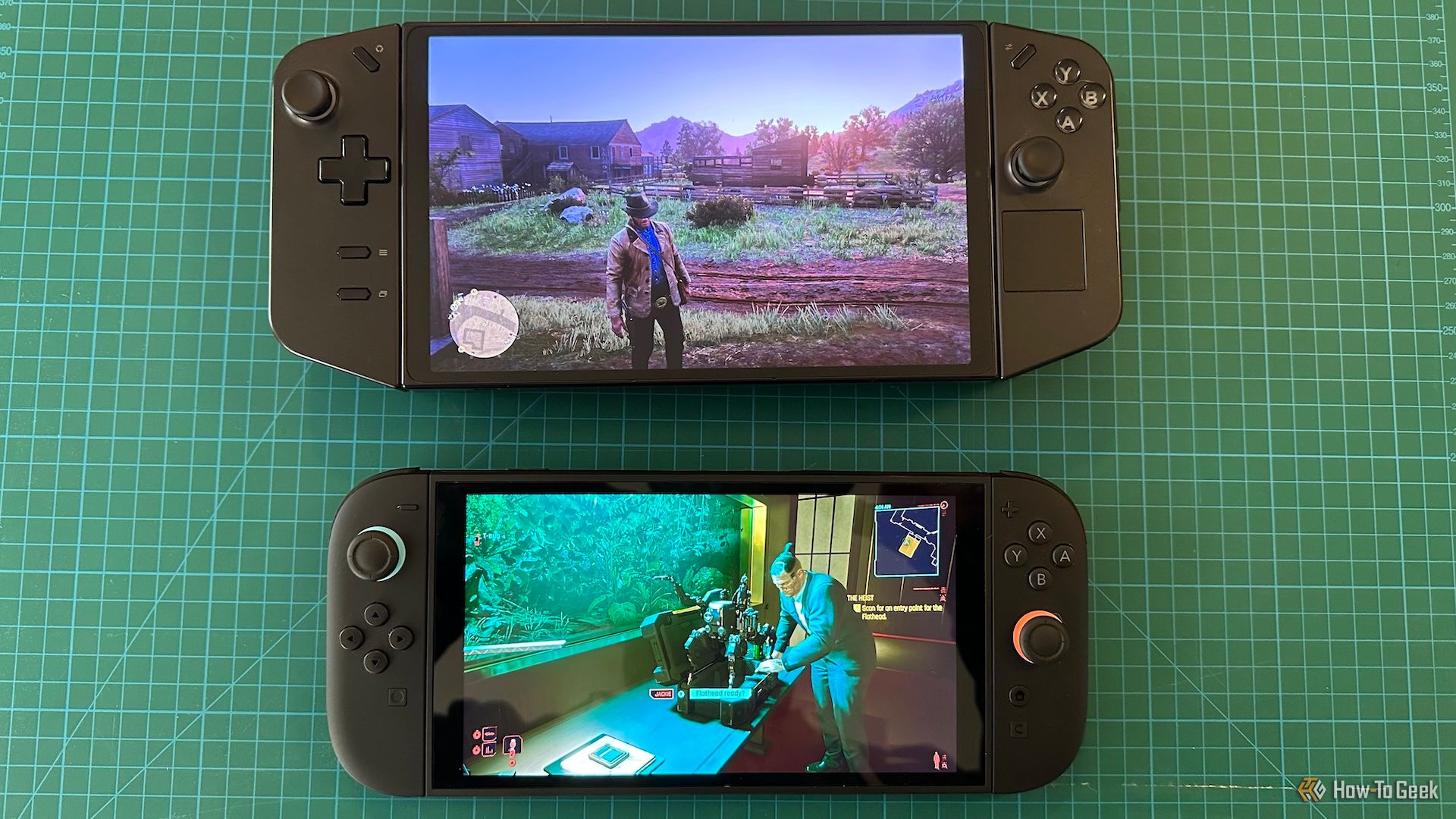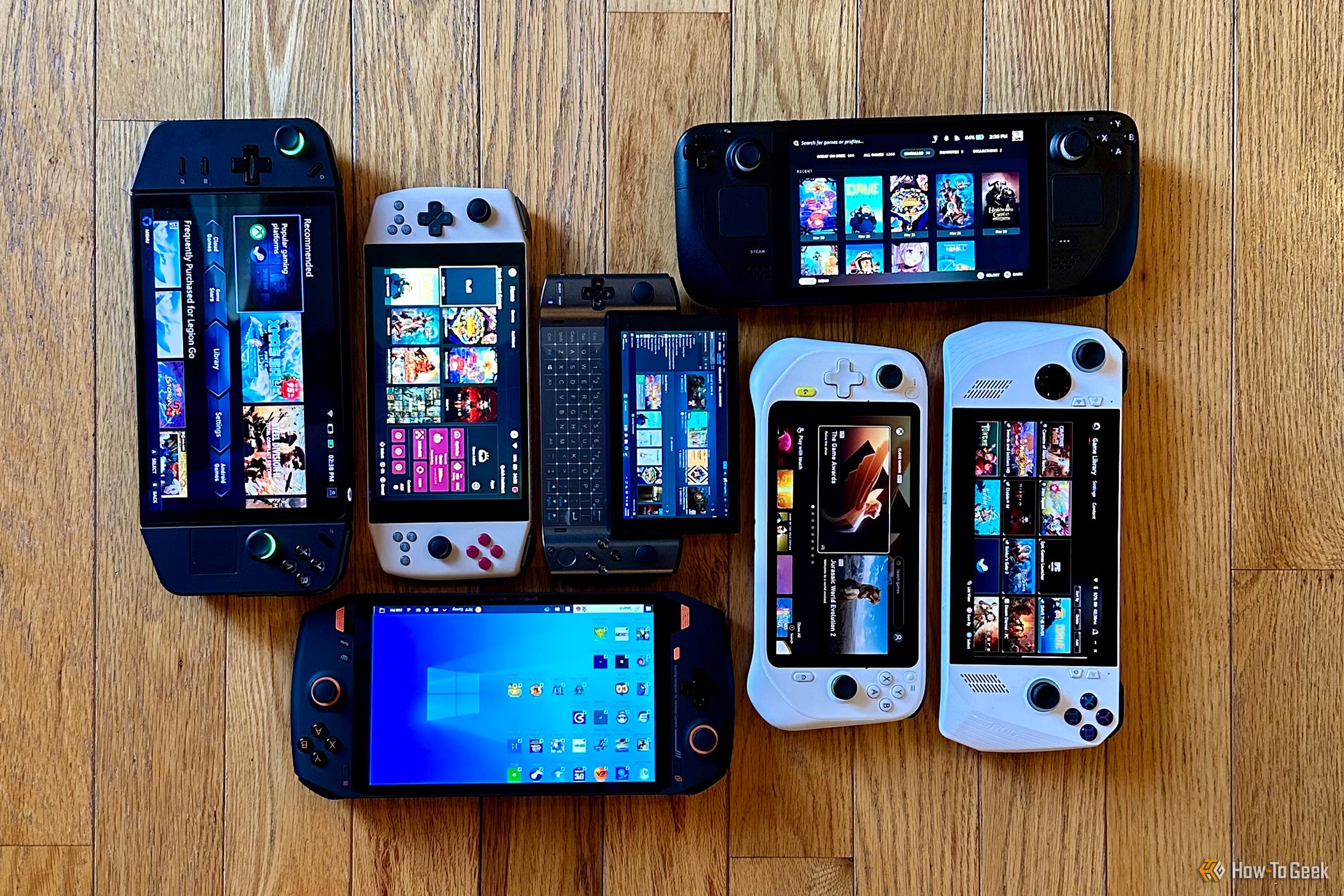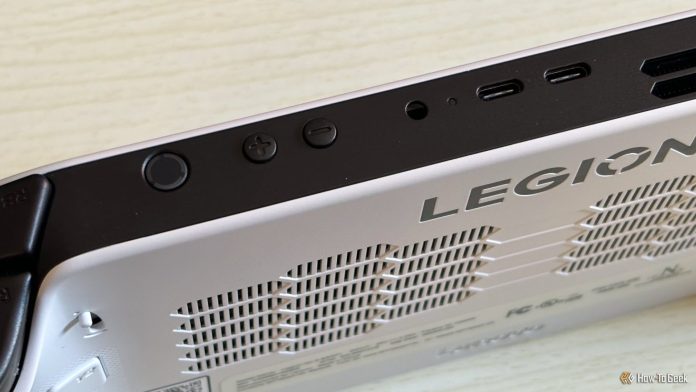There are constantly new, more powerful handheld gaming PCs hitting the market, which means that you’re probably going to have an old one around at some point, or that the used market will be flooded with last-gen handhelds.
Which got me thinking about what I’m going to do with my current handheld PC once I decide to upgrade to something better. At the top of my list, I considered how well it could work as a home server, and if you look at how these little handhelds are designed, it makes perfect sense.
Handheld PCs Have a Short Gaming Lifecycle
Unlike a Nintendo Switch 2, which will get bespoke ports of games for at least a decade (in my opinion), there’s going to come a time when the games you want to play on your handheld PC just won’t run well anymore. Steam Deck owners are already hitting this point, and while it may be a few years yet, folks with AMD Z1 Extreme will hit that wall at some point too.

Of course, if you’re happy to just stick with the thousands of games that will always run well on that device, then there’s no problem, but as with all gaming devices, times change, and it’s always nice to play the same games, but on better hardware.
1:29

Related
ASUS ROG Ally Review: Handheld King or Pretender to the Crown?
The ROG Ally puts the power of AAA games in the palm of your hands.
They Have Powerful CPUs and GPUs

From left to right: Lenovo Legion Go, AYANEO 2021 Pro, Valve Steam Deck, GPD Win3, Logitech G Cloud, Asus ROG Ally, OneXPlayer 1
Handheld PCs have desktop-class CPUs, which is why they work so well when connected to eGPUs. The Z1 Extreme, for example, has an 8-core AMD Ryzen CPU that’s quite comparable to a midrange desktop example you’d find on someone’s desk today. That’s great news if you want something that can host several server apps, or serve multiple clients in your household.
Likewise, the GPUs in virtually any of these handhelds are no slouches. There are plenty of server apps that can make use of GPU power to accelerate things. The most obvious one that comes to mind is hardware acceleration of media transcoding.
Touch Interfaces Are Included in the Deal
I have a refurbished mini-PC that I use as a media server, and it’s so annoying to have to switch my monitor and keyboard to it to check what’s up, that I’ve resorted to using remote desktop software instead, even though the computer is right there.

Handheld gaming PCs have a touch screen, which means that you can easily set things up so that you can both see what’s going on, and operate apps on the device without the need for a mouse or keyboard. In the case of my Lenovo Legion Go, the controllers are detachable. I bet there’s even some sort of mounting solution using the controller rails you could make to set it on a wall at eye level.
Adding External Hardware Is Easy
With any of the handheld gaming PCs out today, you’re getting at least one USB-C port, and in many cases even two. So all it takes is a standard USB-C dock or dongle to allow for numerous peripherals, hard drives, or even more niche hardware like eGPUs.
The internal SSDs are also usually pretty easy to upgrade, if you want lots of internal storage for some specific reason.

Related
eGPUs vs. eGPU Enclosures: Which Should You Choose?
Augment your underpowered PC or handheld with an external GPU.
You Get Battery Backup Built In
Assuming that the battery hasn’t already been worn out by the time you want to use the handheld for a server, it gives you the added bonus of effectively including a UPS in the deal. Even if the battery is worn out, it’s still cheaper to replace it with a fresh one than to buy a UPS.
It’s More Elegant Than Using an Old Laptop
I’ve used old laptops as home servers in the past, and you get most of the same benefits as a handheld gaming PC, but in my opinion, it’s a less elegant solution. They take up more space, they make more noise, and they use more power.

Related
I Turned My Broken MacBook Into a Plex Server, and It’s Way Better Than I Expected
Yeah, well, I’m gonna go build my own streaming service. With MacBooks, and Plex.
Honestly, any old computer should be considered for home server duty before you get rid of it, so I’m not suggesting that you should go for a handheld PC above all other choices, but now that this hardware is permeating the PC space, it’s a new opportunity to DIY your own local cloud.

